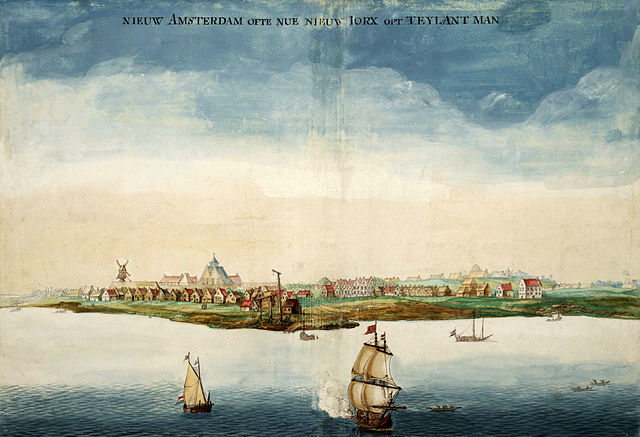Golden Hill: A Novel of Old New York
By Francis Spufford
Published 2016
Read Feb 2024
Like many books with which this reader engages as a result of her book clubs, this is one this reader never would have known about, considered, read, or had the delight to read. That’s a reason for book clubs! To read things that we wouldn’t otherwise and to discuss with a group of people interested in delving into the whats, whys and wherefores of a book and its author.
Francis Spufford’s first foray into fiction is an interesting one. BBC Radio’s blurb includes this statement: “The best eighteenth-century novel since the eighteenth century.” Fortunately we’re spared the spelling approach used in 1746 except for a letter by the protagonist to his father. But what we are treated with is a rollicking novel with adventure, mystery, romance, a duel, and a little sex. There is a wonderful twist at the end regarding the source of the story but certainly don’t read it early.
Richard Smith arrives in New York City in November 1746, a full three decades before the Revolution. New York City is an unimaginably small town at that time, population about 7000, with chickens and cows grazing in the countryside which is remarkably close to the downtown section. Richard Smith is a young man who immediately upon his arrival presents to the counting house a bill for a thousand pounds from one Barnaby Banyard of London. Smith requests cash for the bill which the counting house cannot provide—-it seems that much cash is not to be found anywhere in New York City. Smith is willing to wait 60 days for the money so that another ship’s letter can confirm the bill’s validity. Smith’s adventures start the very next morning when his purse, containing the cash he did obtain from the county house and the bill, is stolen and he now must figure out ways to feed and house himself for the next sixty days.
The story takes place between November 1, 1746, and Dec 25, 1746 and it’s packed with the many adventures of Smith and his various encounters with the people of the town—the counting house owners and his daughters, lawyers, the Governor and his Secretary, persons celebrating Pope’s day in the streets, and many more. Since New York is so small, everyone in town is aware of his presence and his activities and all are interested in his business and source of funds, but no one learns them until the very end of the book.
This is the type of historical fiction this reader enjoys: 1) fictional characters and their story with the backdrop of a real place and time that are drawn with wonderful accuracy. 2) A story that interacts with real people of the time doing realistic but fictional things. 3) A story that doesn’t imagine the feelings of real figures of the time. In this historical fiction novel, we learn much about the city itself, the type of people that populate it, and its culture. We learn about the competing churches and their members, “Pope Day”, the celebration of His Majesty’s Birthday, Sinterklaasavond (St Nicholas’ Eve), how Christmas Day was and wasn’t celebrated by various (all Christian) churches, and more. We learn that the slave trade is a well-established and significant component of the economy of the time—nearly thirty years after 1619, and that most of the upper class have one or more house slaves, and how they treat them. While the author keeps us nicely focused on the many events happening to Richard Smith through a mere sixty days, we can’t help getting a sense of the racism and sexism that was well engrained in the culture and a chance to wonder at how much or little progress we’ve made in the intervening 270 years between the story’s setting in 1746 and the book’s publication in 2016.
While this reader had to work a bit at getting started with this book, once fully engaged she was quite gripped by the story, the characters, and the picture of Old New York the book provides. The final chapter—don’t read it until the end!—was a marvelous ending for the book. It both provides some small sense of “what happened next” and a somewhere jarring but welcome call to the rest of what the author might have hoped we would learn about the real history of our country.
There is a interesting YouTube video at : https://www.youtube.com/watch?v=NhPXz5eHmIM called Golden Hill: Francis Spufford shows us 18th Century New York that’s well worth its 2min 8 second run.
The painting in the image shows the town in 1653. The painter and its source: By Johannes Vingboons – Geheugen van Nederland (Memory of The Netherlands), Selections from the Map Collections http://international.loc.gov/cgi-bin/query/r?intldl/awkbbib:@field(DOCID+@lit(awkb012367)), Public Domain, https://commons.wikimedia.org/w/index.php?curid=238390








